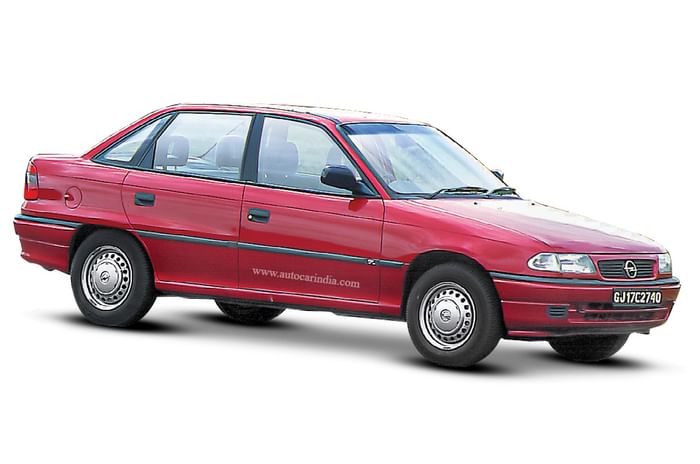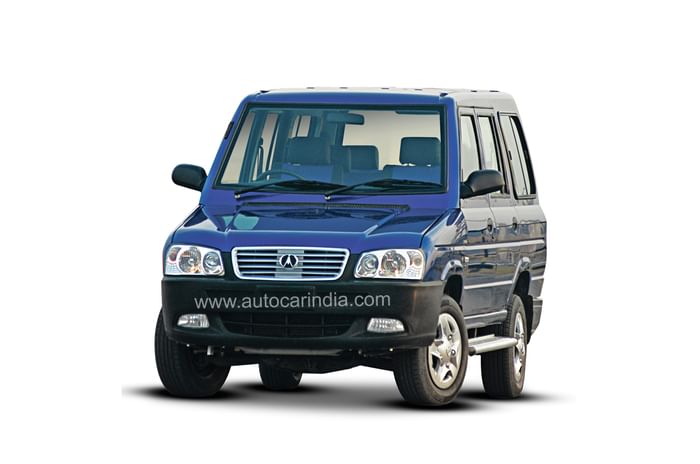Hindustan Motors/Mitsubishi

Hindustan Motors or HM was the mainstay of the Indian auto industry from the early ‘40s. The company made various models of Morris cars like the Hindustan 10 (Moris 10), Landmaster (Morris Oxford Series II) and the Ambassador (Morris Oxford Series III) in 1957. The Ambassador was so popular, it stayed on sale until 2013. Others like the Contessa (Vauxhall Victor) and the Trekker, a rudimentary MPV based on the Ambassador, followed. But like PAL, with a low focus on quality and no R&D to speak of, HM did not survive – this despite a JV with Mitsubishi in the late ‘90s that showed some promise. The Lancer proved to be very popular, the Pajero SUV had a proper fan following, and even the production and quality levels were very good. Neither partner, however, was really invested in the JV, and so, updates were slow. Eventually the products and the brand simply fizzled out.
Premier Automobiles/Peugeot/FIAT

Premier Automobiles Limited, or PAL, was established in 1944 in Mumbai and began rolling out its first cars and trucks in August 1947. All through its history, PAL made various licensed products, starting from the Chrysler stable such as Dodge, DeSoto and Plymouth. During the protectionist era, it famously made a version of the Fiat 1100 D – later the Padmini – and during the years of liberalisation, came the Fiat 124-based 118NE. Equipped with a Nissan engine and gearbox, it was comfortable and competent. Later, PAL also made both the Peugeot 309 and Fiat Uno, but both weren’t successful. The Uno was underpowered and poorly equipped, while the designed-for-Africa 309, though well engineered and very capable on our roads, didn’t exert enough appeal. While the 309 sedan had some initial success, soon labour and quality issues at PAL forced the two firms to part ways. Fiat had an independent innings in India as well, but that brand didn’t survive either. Now parent Stellantis only sells Jeep and Citroën here.
For a while, Premier made no cars, but in 2009, it launched the Rio SUV, based on the Daihatsu Terios, which incidentally laid claim to being India’s first compact SUV. The poor focus on quality and its dealer network and virtually no R&D, meant the company simply could not survive in the modern era.
Sipani Motors/Rover

Set up in 1974 as Sunrise Automotive, Sipani started off by making the three-wheeled Badal, loosely based on the Reliant Robin. Replaced by the 2-door rear-wheel-drive Dolphin in the ‘80s, itself based on the Reliant Kitten, it later evolved into the four-door Montana. Sipani even introduced the Daihatsu Charade-based Montana D1.
It launched the Rover Montego, but couldn’t manage the business, and with fewer than 300 units built, the company went bankrupt in 2000.
Standard Motors

In 1948, the British Standard Company set up an Indian entity. Over the years, it made models like the Vanguard, the Eight, the Ten and the Pennant, the Standard Herald (Triumph Herald) and a four-door version called the Gazel, the first car specifically re-engineered for India. The 1983 Standard launched the 2000, the country’s first real luxury car. Based on the Rover SD1, it packed in new features like power windows and central locking. The six-cylinder Rover engine was swapped out for a 82hp, 2,061cc Vanguard engine. Not only was it underpowered, but also extremely unreliable. So in 1988, the last 2000 rolled off the production line.
Opel/Chevrolet

Interestingly enough, American car giant General Motors had a plant in India back in 1928, but it left soon after Independence. It returned in 1996 with Opel, but reliability issues and expensive repairs meant the brand image was ruined to the extent that the Opel had to be discontinued and Chevrolet was introduced. These re-branded Isuzu, Subaru, Daewoo and SAIC products didn’t do well. A litany of marketing, strategy and product planning errors lead to GM’s exit in 2017. The Gujarat plant was sold to SAIC (MG), while the Pune plant continued to make cars for exports until 2020, and, as of date, it’s yet to find a buyer.
San Motors

Two-door sportCARS aren’t the first thing a new Indian car company would build, but that’s exactly what Goa-based San Motors set out to do in 1996. The San Storm was a small two-door available as a coupe and convertible powered by a Renault-sourced 1.2-litre engine. The car’s fibre glass body made it light and rust free, and it clearly was a breath of fresh air. Yet, very few were produced and thanks to questionable quality and an unknown background, the company found it difficult to attract buyers.
International Cars And Motors (ICML)

ICML, a joint venture between the tractor maker Sonalika and MG Rover, (under China’s Nanjing Automobiles) started production of the Rhino MUV in 2006. ‘Inspired’ by the Qualis, the design was a non-starter, quality and finish were way off the mark and it was poorly engineered and put together.
Datsun

Revived in 2013, the historic and famed Japanese brand, Datsun, was to serve as the entry level for Nissan globally. Datsun launched the Go hatchback in 2014. The products, however, were all too basic, cheaply built and under equipped, and Indian buyers never really took to the brand. The redi-GO was the last model produced in late 2021.
Daewoo Motors

Korean firm Daewoo managed to make quite a splash in the Indian market. The company, which sold commercial vehicles in India via its DCM Toyota Ltd JV, launched the Cielo sedan and the Matiz hatchback which found some favour with Indian buyers. However, while the products made the cut, the Daewoo group had a troubled run internationally that affected its India operations. It tried to stay afloat and explored various tie-ups and partnerships, with even non-banking financial institutions. In the end though, the brand shut shop in India just before selling its assets to General Motors in 2001.





















